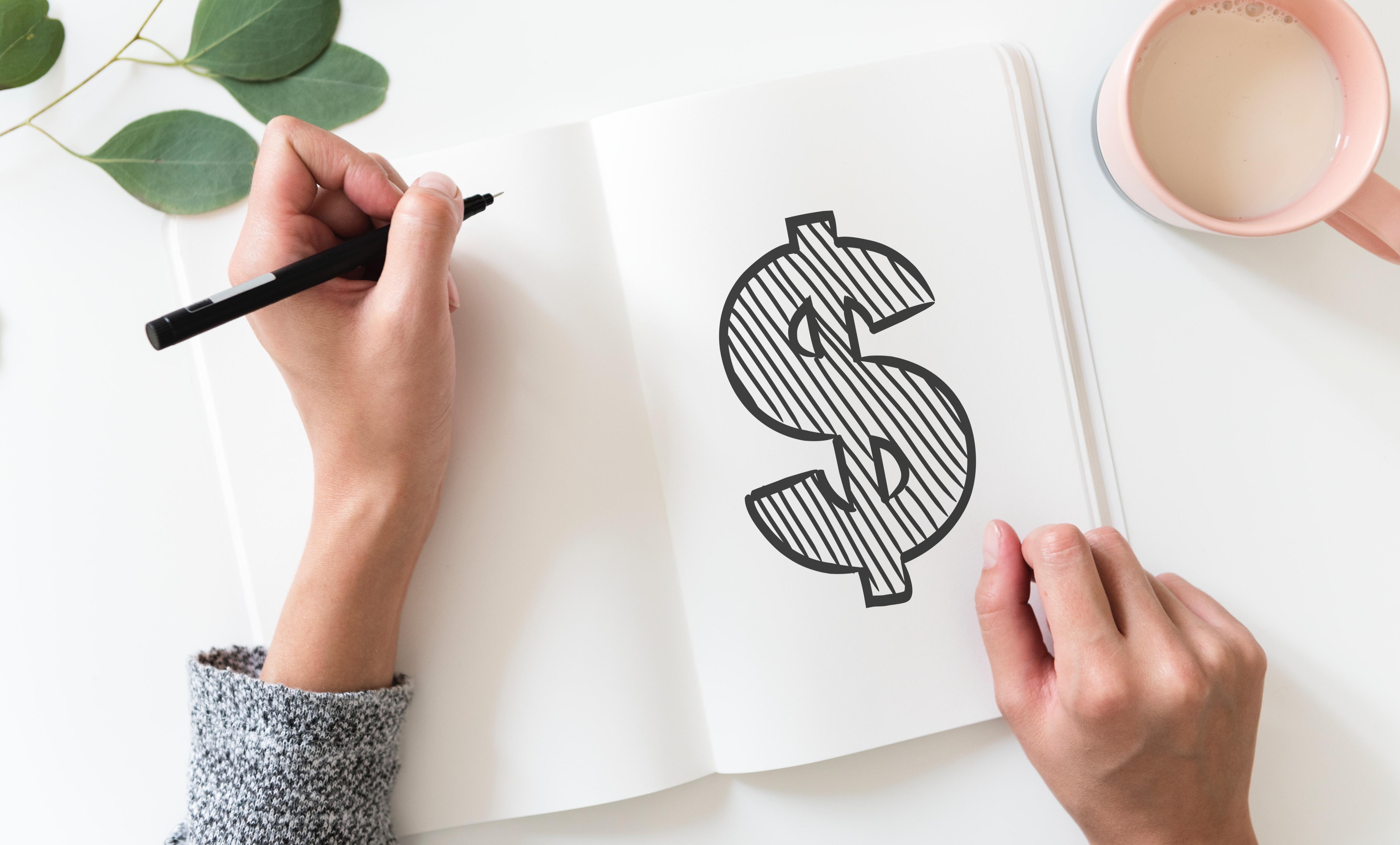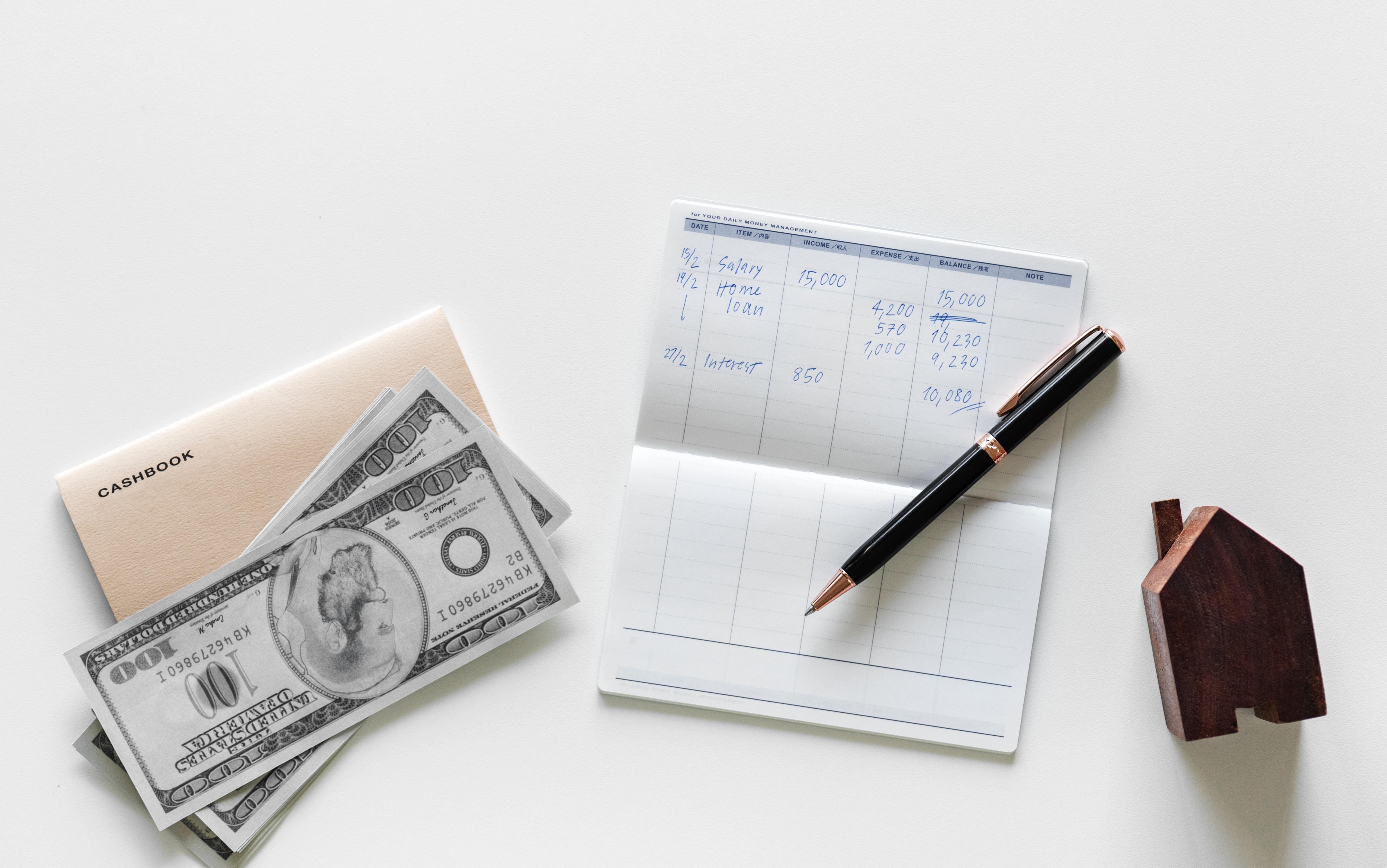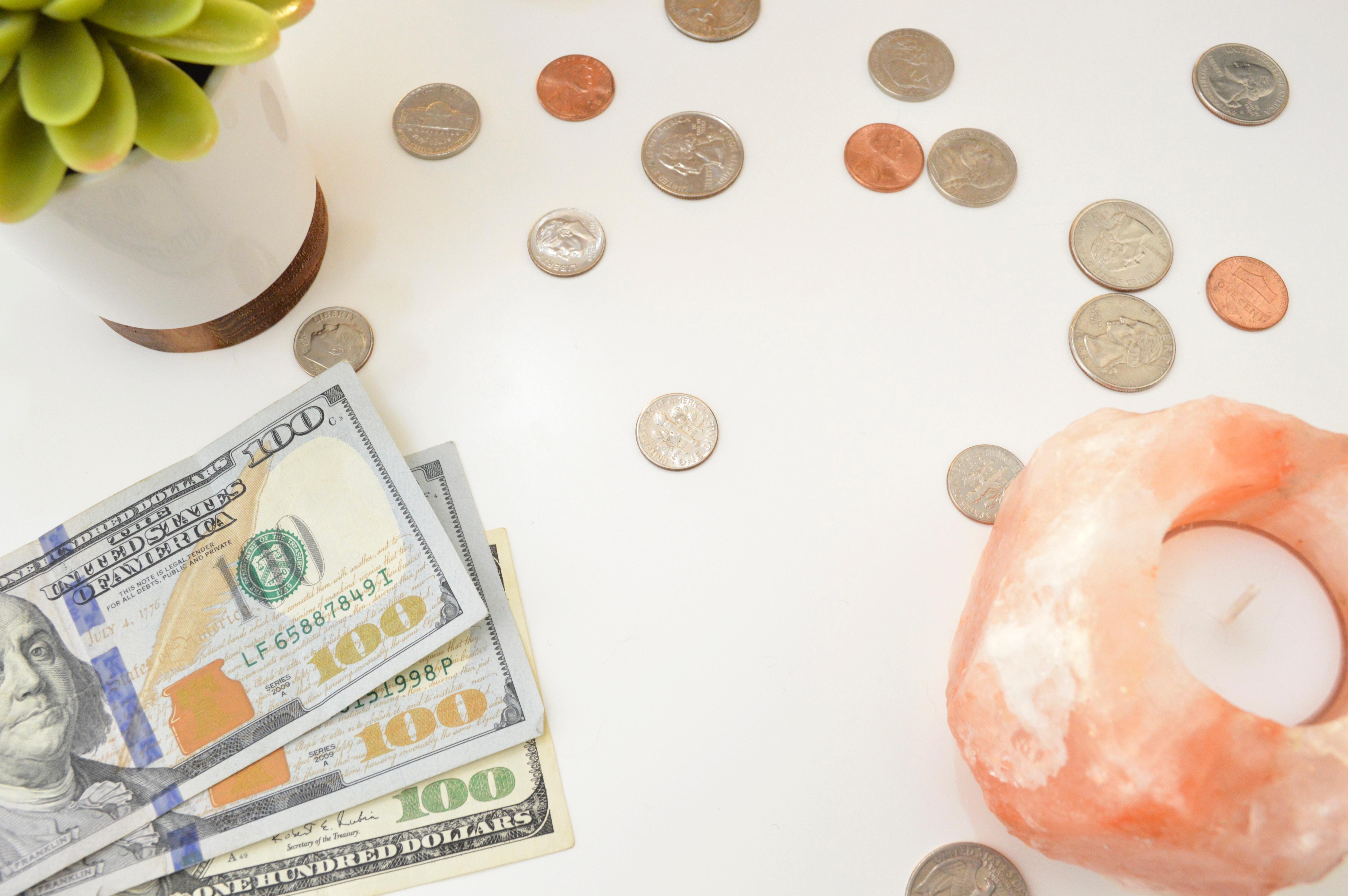The Ultimate Guide To Understanding Debt

When you think of debt, you might picture someone faced with thousands of dollars in credit card or student loan bills. Or perhaps you’ll think about a substantial loan someone secured to launch their small business.
Although these are all forms of debt, they are not all created equally in the eyes of lenders or credit bureaus. No form of debt is inherently “good,” but there are forms of debt that are not necessarily as bad and can contribute to someone’s financial future in meaningful ways.
Learning to spot the difference between good debt and bad debt, knowing which type of debt to pay off first, and determining what forms of debt you should never take on can allow you to have financial stability and peace of mind.
What Is Good Debt?
Good debt is debt that in some way contributes to your financial future in a significant way.
“When people are financing either assets or other things that have some sort of true and intrinsic value — and maybe even an ascending value — then you can make a pretty good argument that it’s good debt,” said John Ulzheimer, founder of The Ulzheimer Group and a credit-reporting expert formerly of FICO and Equifax.
Gerri Detweiler, a consumer credit expert and author of Debt Collection Answers: How to Use Debt Collection Laws to Protect Your Rights, said good debt boils down to whether someone comes out of debt with something to show for it.
“I think overall, generally good debt is debt where you come out ahead,” Detweiler said. “Whether that’s investing in a home that’s later paid for and provides you with a place to live, or an education that results in higher earning power over your career, or even small business debt that allows you to start or grow a small business that brings an income — those are all examples of debt that can be good debt.”
On the contrary, Detweiler adds that all forms of good debt must be looked at on a case-by-case basis. “[They’re not] automatically ‘good’ debt, because it’s possible, of course, to get into a house that ends up being a money waster,” she said. “You could end up spending a lot of money for an education and not be able to translate that into a career or a steady income. Or you could invest in a small business that fails. There’s no guarantee that those types of debt that are often good will be good for you. You have to be sure you’re making a smart decision.”
Experts agree that generally speaking, the following are all forms of good debt.
Mortgages

A mortgage taken out to finance a home is considered good debt because as a buyer, you are investing in a piece of property that will hopefully provide you with a return on investment one day. And depending on your income level, a mortgage could provide a deduction on your taxes.
“You can make a pretty strong argument that debt incurred to buy a home is good debt, presuming that you’re buying a home that is going to appreciate over time, and when you sell it someday, you’re going actually make money out of it,” Ulzheimer said.
Mortgages also tend to have lower interest rates than other types of loans. The average interest rate in the U.S. for a 30-year fixed rate mortgage is currently 4.55 percent, according to the Federal Reserve Bank of St. Louis. On the other hand, the average interest rate for new credit cards in the U.S. is nearly 14 percent, according to the Federal Reserve Bank of St. Louis.
Student Loans

Perhaps the most valuable debt someone will incur in their lifetime, according to Ulzheimer, is student loan debt to pursue a college education.
“I think studies are pretty clear that people who have a college degree over their lifetime are going to earn more than people who do not,” Ulzheimer said. “In my mind, that may be the best of all debts in terms of return on investment.”
Interest rates on federal student loans vary but currently sit between 4.45 and 7 percent, according to the U.S. Department of Education.
The earning potential for college graduates is starkly higher than that of non-graduates. Men with a bachelor’s degree earn an average of $900,000 more in their lifetime than men with only a high school education, while women with a bachelor’s degree earn an average of $630,000 more in their lifetime than their high-school-educated counterparts, according to data from the Social Security Administration. The numbers only increase with graduate degrees: Men earn an average of $1.5 million more and women $1.1 million more in their lifetimes than those with only high school education.
Small Business Loans

Taking out a small business loan can be beneficial — investing in a small business, assuming it succeeds, means investing in something that could provide you with significant future earnings.
Loans guaranteed by the Small Business Administration (SBA), for example, typically have lower down payments, lower interest rates, and flexible overhead requirements, according to the organization.
“You’re making an investment in yourself, in your future, in your business,” said Kathryn Bossler, a credit counselor with GreenPath, a nationwide consumer credit counseling agency.
That being said, there are some very high-cost short-term business loans available that could cause a strain on your bottom line; approach these with caution.
Home Equity Loans
Home equity loans fall into the “good” category because they allow someone to borrow against him or herself (instead of from an outside lender) to make a large purchase or investment, or to pay off debt with a higher interest rate.
In addition, home equity loans typically come with lower interest rates — they range from about 4.25 to 6 percent, according to LendingTree — and can help someone consolidate and pay back other higher interest rate debts.
However, home equity loans used for the wrong purpose, such as financing a vacation or an unnecessary large purchase, could become a form of “bad” debt — ultimately, it all depends on what the home equity loan proceeds are used for.
What Is Bad Debt?
When Detweiler was in her 20s, she went to Sears and got approved for a credit card. She purchased a couch, an answering machine, and a lamp. “Before that debt was paid off, the couch had a rip in it, the answering machine had been zapped by lightning and the lamp was broken,” she said. “I still had a bill and nothing to show for it. That’s definitely bad debt.”
Detweiler said “bad” debt is debt in which the borrower has nothing to show for it, save for the fact that they’ve spent a significant amount of money.
Forms of bad debt typically come with very high-interest rates, making it difficult for borrowers with significant debt to pay it back in a timely manner.
Experts agree that generally speaking, the following are all forms of bad debt.
Credit Card Debt

Credit card debt is perhaps the most pervasive form of “bad” debt in the U.S., with 121 million Americans currently carrying credit card debt. The average credit card debt per person is $4,453, while the average credit card debt per household is $8,683.
Credit card debt falls into the “bad” category mainly because of the high-interest rate that often accompanies credit cards. In fact, the average interest rate for a new credit card in the U.S. is around 14 percent, according to the Federal Reserve Bank of St. Louis.
“Typically, it’s a red flag if you need to carry a balance on your credit card,” Bossler said. “Credit cards are really designed for convenience. There are lots of consumer perks in terms of points and rewards … But carrying a balance is probably going to come with a high-interest rate, and is promising money that you don’t have right now.”
Luckily, consolidating credit card debt can help borrowers pay it back more quickly than they might be able to pay back other forms of “bad” debt.
Payday Loans
Payday loans should be avoided at all costs.
“I think the worst of the worst, most people would agree, would be payday loan type debt, because the interest rates are so high and the repayment requirements are so immediate,” Bossler said. “And usually someone who is taking out that type of loan is in serious financial distress.”
Because payday loans are typically smaller and paid back in a couple of weeks, borrowers might not feel their impact. But that doesn’t mean it’s not there.
“They’re called ‘lenders of last resort’ for a reason,” Ulzheimer said. “Their interest rates are, when you annualize them, in some cases several hundred percent APR. You don’t feel that because they have short-term amortization schedules.”
“Gray Area” Debt
Some debts may not be inherently good or bad. It all depends on how you use them.
401(k) Loans
Borrowing against your 401(k) might not seem like a terrible decision in the short-term — after all, you’re taking out a loan from yourself — but it can come with a number of consequences. Ulzheimer said he often sees people take money out of their retirement accounts to pay off debt, but then fail to pay back their 401(k) loan.
“You’re almost compounding the problem by doing something silly like that,” he said. By not paying it back, people face countless consequences, including delaying their retirement plan, potentially paying more in taxes (401(k) funds are pre-tax), and potentially paying a penalty for not paying back the loan in time.
In addition, if someone leaves a job before paying back their 401(k) loan, he or she must repay the loan over a set period of time or it could be treated like distribution and taxed accordingly.
Auto Loans

Auto loans fall into the murky territory between good and bad. A car can be a necessary purchase for many people. And someone with the right financial know-how can take on an auto loan that is neither bad nor good, but rather necessary.
However, Detweiler said people often get swept up into higher car payments than they can afford, which can lead to a situation in which someone is paying for a car that is either not running or not worth investing in anymore. “You really have to be on guard when going into debt for something like a car, because it’s very easy to get talked into or psyched into spending more than you can afford.”
Bossler said that when she first began working as a credit counselor 12 years ago, three to five-year loans were common. Now, because cars are more expensive and because consumers want the lowest interest rate possible, she’s seeing terms as long as 72 and 84 months.
“That’s when I would say we’re getting into dangerous territory,” she said. “The car is probably not going to be worth what you owe a couple years down.”
Learn more: Revolving Debt Vs Installment Debt
Installment debt is a standardized loan that is paid back in installments that are typically monthly. Mortgages and auto loans are common forms of installment debt. The amount the borrower pays typically remains the same month-to-month.
Revolving debt, on the other hand, doesn’t have a set amount to be paid by the borrower each month, though there is a limit to how much a borrower can use. Credit cards and home equity lines of credit are common forms of revolving debt because credit is borrowed, then paid back, then borrowed again in a revolving manner, with the amount changing each month.
Both forms of debt affect your credit report and credit score, though revolving debt is typically seen as riskier by the credit bureaus, as credit scores often hinge on the amount of available credit a consumer uses. Installment debt is often associated with an asset (i.e. a home or car), making it a safer form of debt in the eyes of credit bureaus.
It’s generally viewed as positive to carry a mix of both installment and revolving debt, with fewer of the latter in your credit mix. Credit mix makes up 10% of your credit score.
How To Eliminate Debt

Regardless of what type of debt you have, paying it off in a timely manner is crucial for achieving financial freedom. Keep these best practices in mind when you begin paying off your debt.
1. Know your interest rates.
Detweiler said she has spoken to countless consumers who have no idea what their interest rates are. They will throw money at a debt trying to get out of it before actually looking at what the numbers say.
By taking a look at the interest rates for all of your loans, you can determine whether refinancing or consolidating is a good option. Or, you can identify which loan has the highest interest rate and then prioritize paying back that loan first.
2. Consider refinancing your debt.
Getting a lower interest rate on your debt can be integral for paying it off. “While you’re paying off debt,” said Detweiler, “look at whether you can refinance some of that debt to make the interest rate less expensive.”
For personal loans, such as mortgages and student loans, this could mean refinancing to get a lower rate. For credit card debt, it could mean taking on a lower-interest debt consolidation loan or transferring a balance to a card with a better interest rate.

3. Establish your priorities.
Ulzheimer said you should first ask yourself what your priority is. Is your priority to get out of debt as quickly as possible? Is it to pay down your most expensive debt first? Is it to eliminate nuisance balances on retail store credit cards? Is it to improve your credit score?
Once you identify your priorities, you can begin effectively paying off your debt.
One strategy Ulzheimer recommends for paying off credit card debt is paying down the cards you use the most while also paying off your nuisance balances.
“Credit scores hate balances on credit cards, and credit scores hate to see highly leveraged cards, to the extent you can take care of those first,” Ulzheimer said. “A. You’re getting out of debt which is good, and B. Your credit scores are going to start to improve because your utilization ratios are going to go down, and the number of accounts you have balances with is also going to go down.”
4. Be conscious of the credit you use while paying off debt.
Bossler said she would advise someone looking to get out of debt pursue the strategy that is not only going to give them the best interest rate but is also going to stop them from using the credit again and digging themselves into the same hole.
“What we see sometimes is that people will refinance their home or take out equity to pay off credit cards or get into those 0 percent interest credit cards, and then go back around and use the old cards again,” she said. “Something we talk a lot about with consumers is yes, we have this strategy to address your debt, but what are the other steps you’re going to take to avoid it again?”
This piece was written by Jamie Friedlander and originally appeared on MagnifyMoney.





